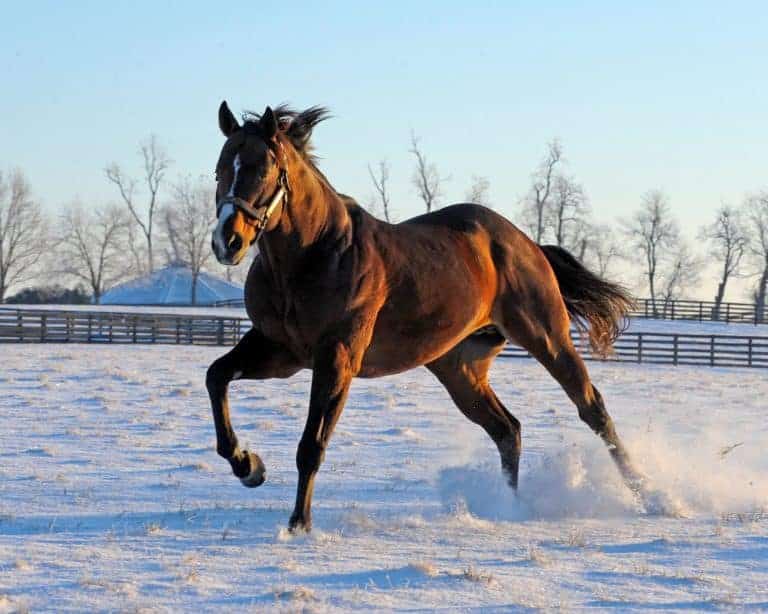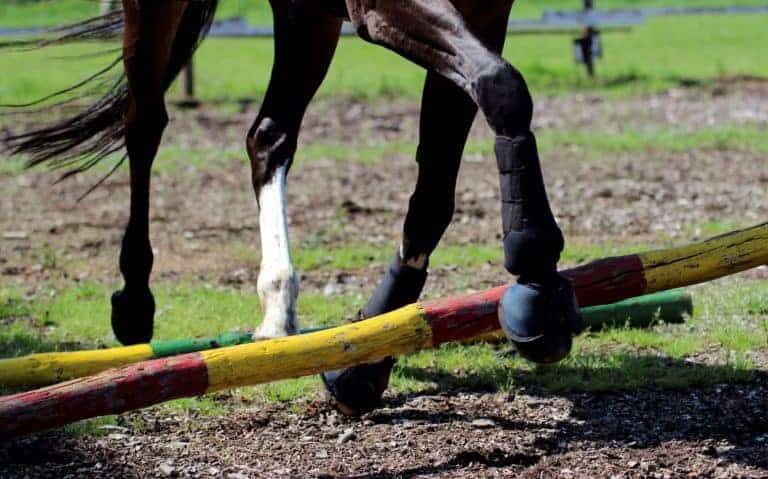Forelimb Conformation and the Thoroughbred Racehorse
“What is the relationship between conformation and performance, and what can we do to impact it?” These questions have been asked by those focused on performance in many species, and they were the focus of one presentation by Liz Santschi, DVM,

















